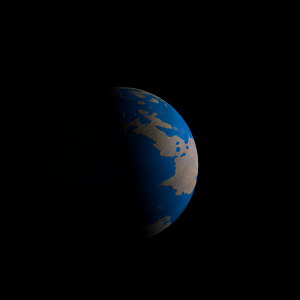|
|
Space Astro
|
Info for exoplanet "Kibafa"
| Scientific (actual) data |
|---|
| Name | Kepler-1684 b |
| Planet status | Confirmed |
| Radius | 0.256 |
| Orbital period | 47.7055 |
| Semi major axis | 0.2259 |
| Inclination | 87.66 |
| Discovered | 2020 |
| Updated | 2021-02-05 |
| Tzero tr | 2454980 |
| Impact parameter | 0.9567 |
| Temperature (kelvin) | 341 |
| Publication | Announced on a website |
| Detection type | Primary Transit |
| Alternate names | 2MASS J19360129+4618383 b, K02417.01, KIC 9654468 b, KOI-2417 b, KOI-2417.01, WISE J193601.29+461838.4 b |
| Star name | Kepler-1684 |
| Right ascension | 294.01° |
| Declination | 46.31° |
| Mag i | 15.874 |
| Mag j | 14.117 |
| Mag h | 13.529 |
| Mag k | 13.434 |
| Star distance | 633.05 |
| Star metallicity | -0.1 |
| Star mass | 0.672 |
| Star radius | 0.6 |
| Star temperature | 4787 |
| Star alternate names | 9654468, 2MASS J19360129+4618383, KIC 9654468, KOI-2417, WISE J193601.29+461838.4 |
| Wikipedia article | Kepler-1684 b |
Back
| |
| Fictional info (?) |
|---|
| Suggested name | Kibafa |
| Planet type | Cold planet |
| It is the coldest planetary atmosphere in its solar system, with a minimum temperature of 60°K (-213°C), and has a complex, layered cloud structure with hydrogen chloride thought to make up the lowest clouds, and carbon monoxide the uppermost layer of clouds. |
| Atmosphere | Carbon monoxide | 48% |
| Hydrogen chloride | 40% |
| Hydrogen | 12% |
| Oxygen | 0.032% |
| Atmospheric pressure | 0.0015 bar |
 |
| Moon | Honilih Yponeq | Huge round rocky asteroid |
| Google search for Kibafa |
|
Website by Joachim Michaelis
|
|
|
|